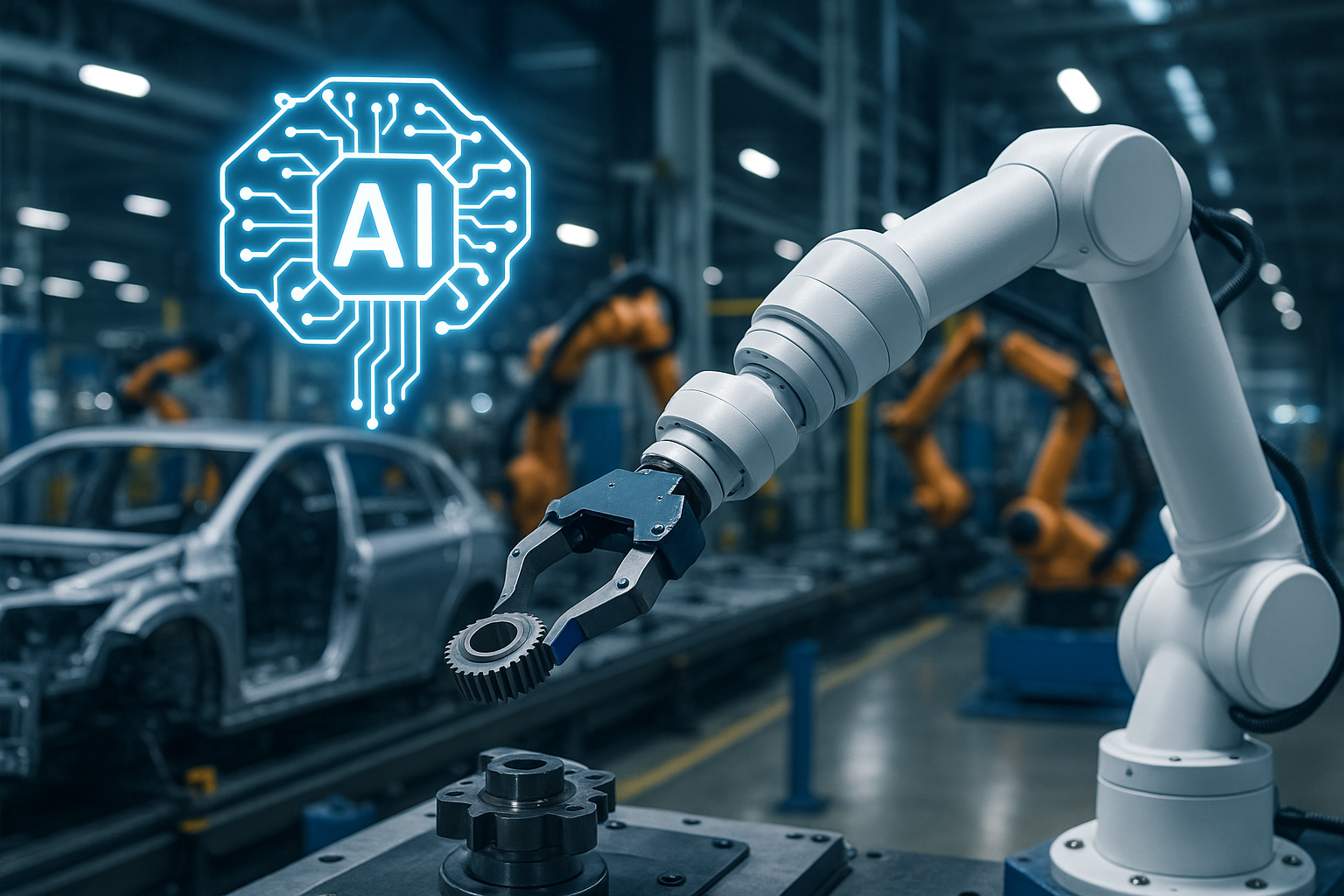Artificial Intelligence (AI) is rapidly transforming how manufacturers improve efficiency, reduce downtime, and optimize operations. But for small and mid-sized manufacturers, a misstep during implementation can lead to wasted time, cost overruns, and frustration.
Before bringing AI to your factory floor, here are five of the most common mistakes to avoid—and how to get it right.
1. Jumping in Without a Clear Business Problem
Many companies fall into the trap of adopting AI just to “keep up.” But without a defined objective, AI tools can end up unused or misaligned with business goals.
What to do instead:
Identify a specific challenge (e.g., frequent machine failure, excess scrap, labor bottlenecks) and choose an AI tool that’s purpose-built to address it.
2. Ignoring Data Readiness
AI is only as good as the data it learns from. Incomplete, biased, or inconsistent data can lead to inaccurate outputs—or total model failure.
What to do instead:
- Audit your current data sources
- Start collecting sensor data if it doesn’t already exist
- Ensure your team understands what “good data” looks like before investing
3. Overcomplicating Your First AI Project
AI doesn’t need to be all-or-nothing. Many manufacturers jump to complex, high-risk implementations before they’re ready.
What to do instead:
Start with a simple use case like rules-based quality control or predictive maintenance with existing equipment. Get a win, then scale from there.
4. Underestimating the Need for People
AI isn’t plug-and-play. It needs to be trained, maintained, and—most importantly—trusted by your team.
What to do instead:
- Involve frontline workers in the implementation process
- Provide hands-on training
- Be clear about how AI supports (not replaces) jobs
5. Using the Wrong Metrics to Evaluate Success
It’s easy to be wowed by model accuracy or fancy dashboards. But those metrics don’t always translate to real business value.
What to do instead:
Measure success based on operational KPIs:
- Has unplanned downtime decreased?
- Is your scrap rate improving?
- Are employees more efficient?
Start Smart and Scale with Confidence
AI can be transformative, but only when it’s aligned with real-world needs and executed with care. Avoiding these common mistakes is the first step toward meaningful results.
Download the full guide: Artificial Intelligence: Key Considerations and Effective Implementation Strategies

